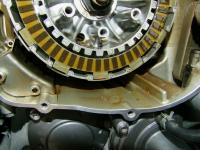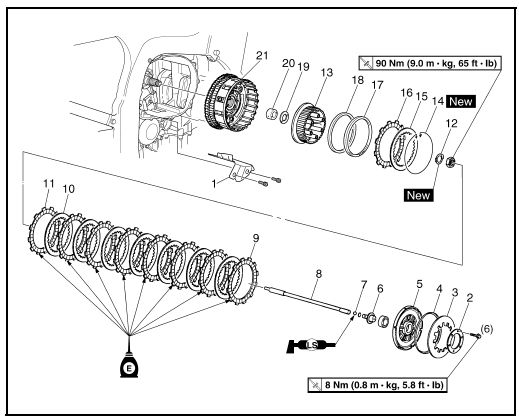TownsendsFJR1300
Well-known member
Just something to consider.
If the labor (if there have to do a tear down), (you can find someone you trust-a good shop), and its going to be approx 2K to repair, would it be worth your while to trade it in on a left over "newer" model?
The $ difference may be fairly close...
If the labor (if there have to do a tear down), (you can find someone you trust-a good shop), and its going to be approx 2K to repair, would it be worth your while to trade it in on a left over "newer" model?
The $ difference may be fairly close...






















































